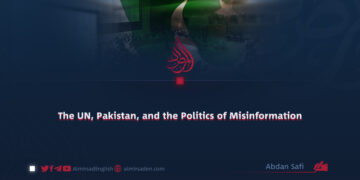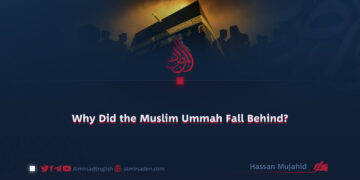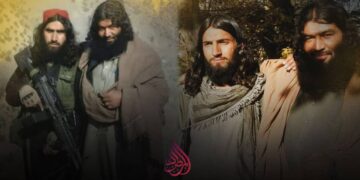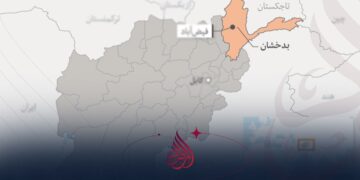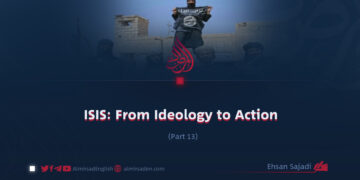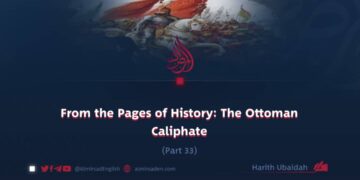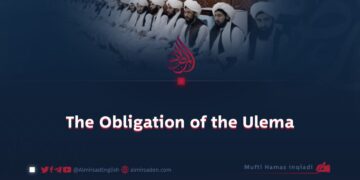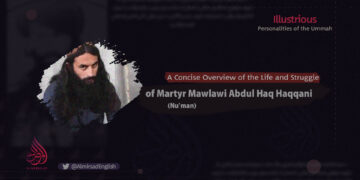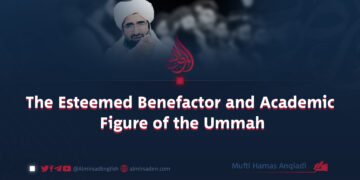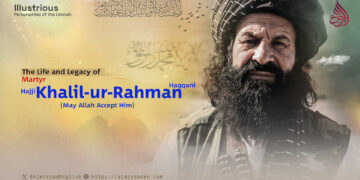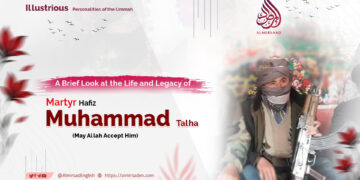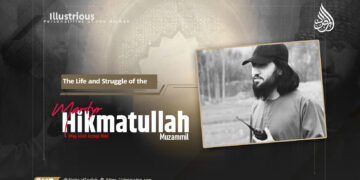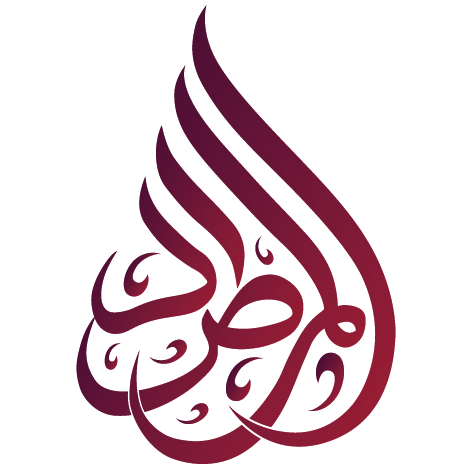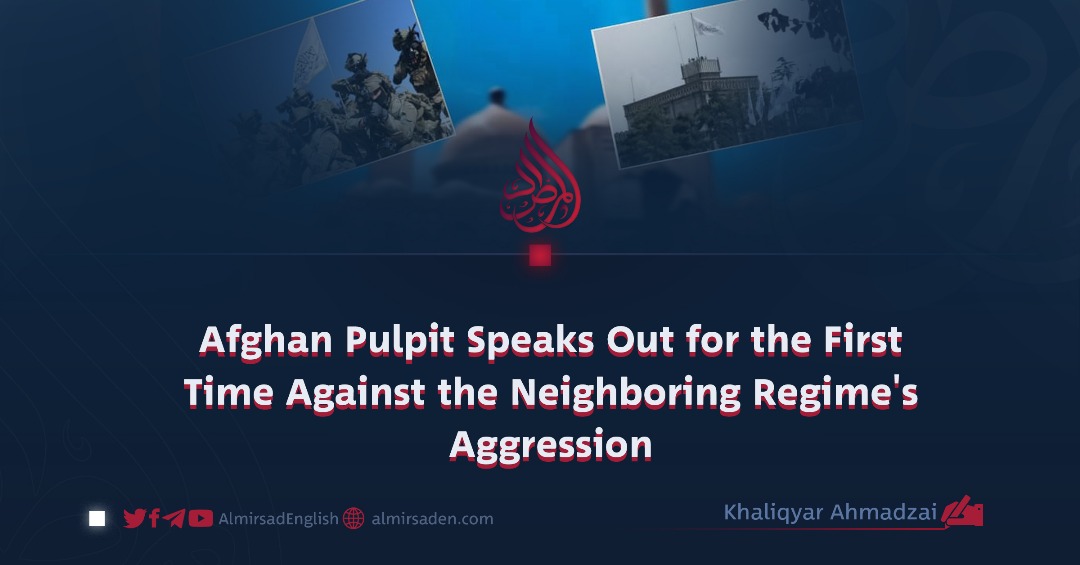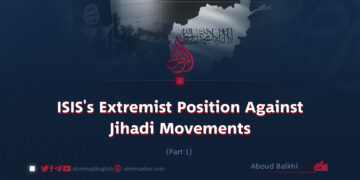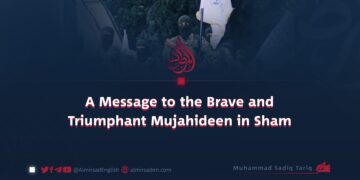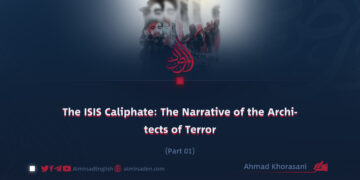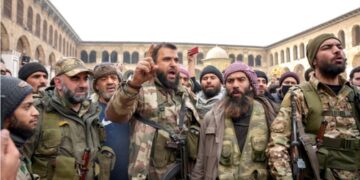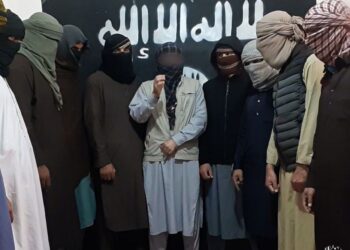Khaliqyar Ahmadzai
Afghanistan, long known as the “graveyard of empires,” has paid for its freedom with the blood of countless generations. Throughout its turbulent history, the nation’s strength has always rested on the unity of its people, their shared faith, and their steadfast commitment to defending their Islamic system. At the heart of this enduring solidarity stands the pulpit, the mosque and its imams, who for centuries have spoken as the moral conscience of the nation and the guardians of its sovereignty.
Across the ages, the Afghan pulpit has served not only as a house of worship but as a source of guidance, awakening, and resistance. From it, scholars have mobilized the people against invaders, confronted tyranny, called for reform, and preserved the spiritual fabric of society when other institutions faltered.
During the Ghaznavid and Timurid dynasties, scholars used the pulpit to promote Islamic learning and moral discipline, reinforcing unity and resilience in the face of external threats. In later centuries, as the Mughal and Safavid empires sought to subdue Afghan lands, the pulpit once again became a rallying point for freedom.
Pir Roshan, among other early reformers, called upon the tribes from the mosque to rise against the Mughals, while preachers across the land stirred resistance to Safavid domination. When Mirwais Hotak led the uprising of 1709, it was the pulpit that bound the people together, transforming a local rebellion into a national and religious movement that broke the chains of Safavid oppression.
In the nineteenth century, as British forces advanced during the Anglo-Afghan wars, the pulpit again became a fortress of defiance. From village mosques to city congregations, scholars called for jihad against the occupiers, reigniting the nation’s spirit of independence. Under leaders such as Mullah Mushk-e-Alam, whose name remains etched in Afghan memory, the British faced fierce resistance, both intellectual and armed. All three invasions ended in failure, victories owed not to vast armies but to the moral authority of the ulema and the unifying power of faith.
When King Amanullah Khan ascended to power on the sacrifices of these same scholars and declared Afghanistan’s independence, he soon attempted to import Western-style reforms dressed in the language of modernization. Once more, it was the pulpit and the religious scholars who exposed these hidden designs and prevented the imposition of secular ideologies before they could take root in Afghan society.
During the Soviet invasion from 1979 to 1989, the pulpit once again became a powerful instrument of national resistance. Eminent scholars and mujahideen leaders, including Mawlawi Nasrullah Mansoor, Mawlawi Mohammad Nabi, and Mawlawi Younus Khalis, proclaimed jihad from the mosques, calling the nation to arms against the occupiers. Their collective voice ignited a nationwide uprising that not only expelled the Soviets but also contributed to the disintegration of their empire.
After 2001, when the United States and NATO overthrew the Islamic Emirate of Afghanistan (IEA) and occupied Afghanistan, the scholars again rose from among the people. Through fatwas and sermons, they reminded the nation of its duty to resist. Twenty years of struggle and sacrifice eventually forced the world’s most powerful alliance to the negotiating table and, at last, to a humbling withdrawal.
Today, the pulpit has entered another defining chapter in its long history, this time against the aggression of the Pakistani regime. Unlike the British, the Soviets, or the Americans, this neighboring neighboring regime, sustained by American backing, lacks the trust of its own people. It survives not on legitimacy or national service, but on the protection of foreign patrons and the interests of a shadowy elite determined to cling to power.
Now, the pulpit speaks at a time when the people on both sides of the artificial Durand Line have united in voice and spirit against this oppressive regime. In Pakistan itself, political and national opposition movements, prominent figures, and ordinary citizens have grown disillusioned with their rulers. Some pursue peaceful change, while many have taken up arms in a struggle against injustice and betrayal.
Following recent attacks by Pakistani regime on Kabul and several Afghan provinces, the mosques of Afghanistan have echoed with a single message: unwavering support for the IEA and condemnation of the aggressors. This unified voice may well signal the beginning of the end for the regime next door. After the resounding call from Afghan pulpits against Pakistan’s ruling elite, its isolation now appears only a matter of time.
From this very pulpit, the British once heard the cry of resistance, and they were defeated. The Soviets and Americans faced the same call, and both empires crumbled. Perhaps now, the countdown has begun for the downfall of the neighboring regime.
For the first time in history, Pakistan finds itself without spies or assassins operating freely on Afghan soil, a clear sign of the nation’s growing unity and discipline. The Pakistani army’s recent air and ground attacks are desperate acts born of frustration, revealing the failure of the ISI and the weakness of the ruling establishment.
If Pakistan had possessed any real means to challenge the IEA’s organized and determined forces, it would have used them long ago. Its plea for a ceasefire after suffering two defeats only confirms the IEA’s strength and superiority.
The ruling circle in Islamabad enjoys neither public sympathy nor national legitimacy. Should America and its Western allies continue to invest in this faltering regime or use it as a disposable tool for their interests, the eventual loss will be theirs.



